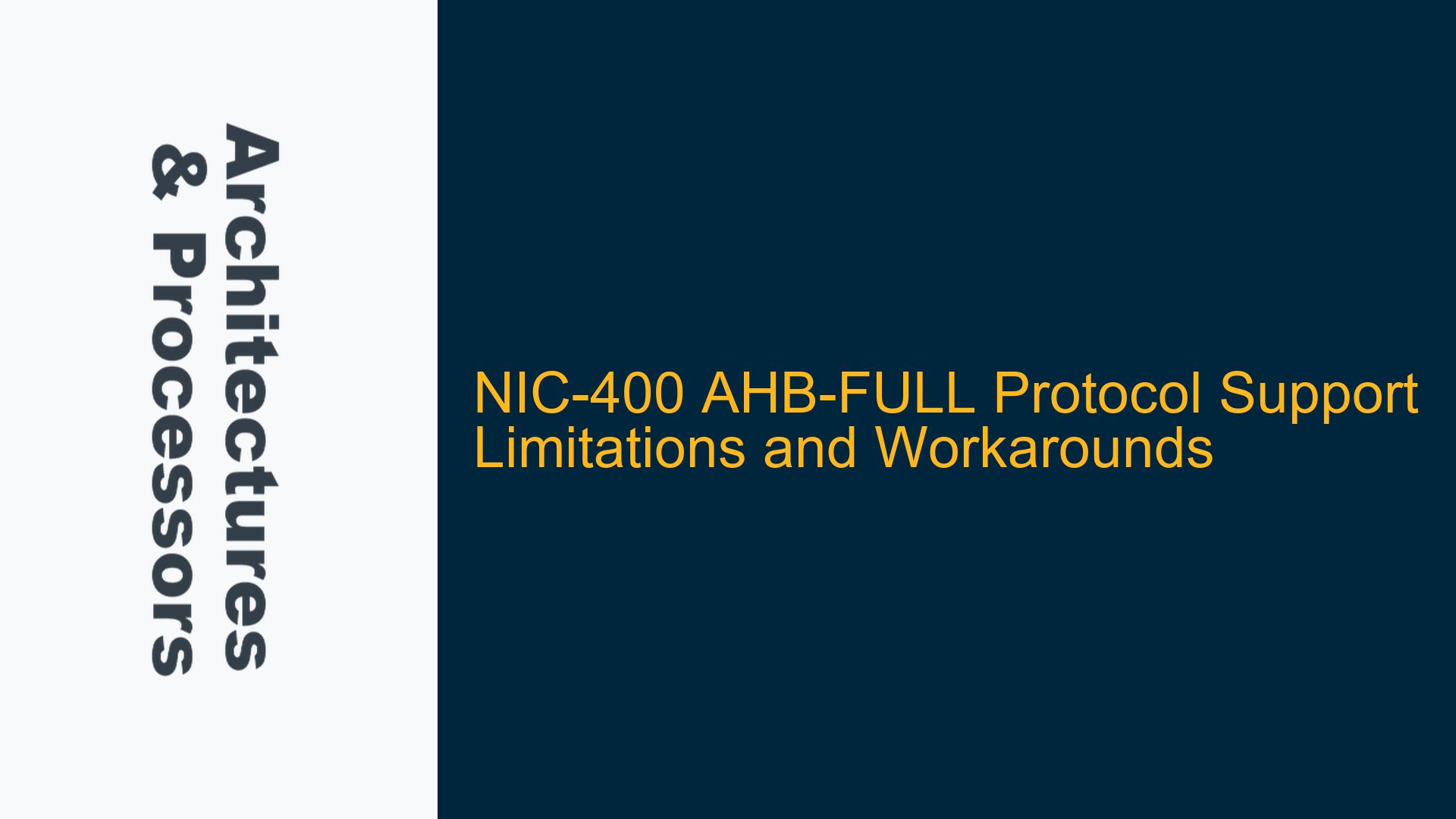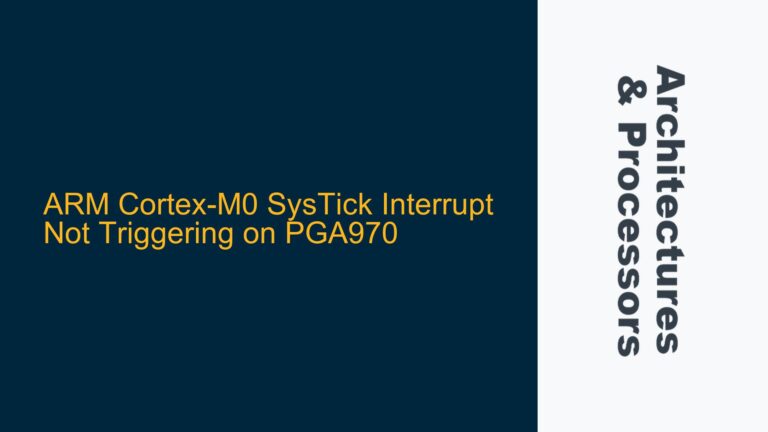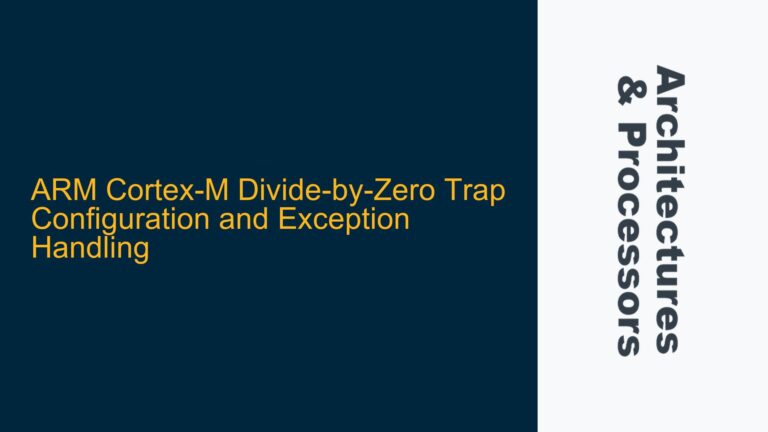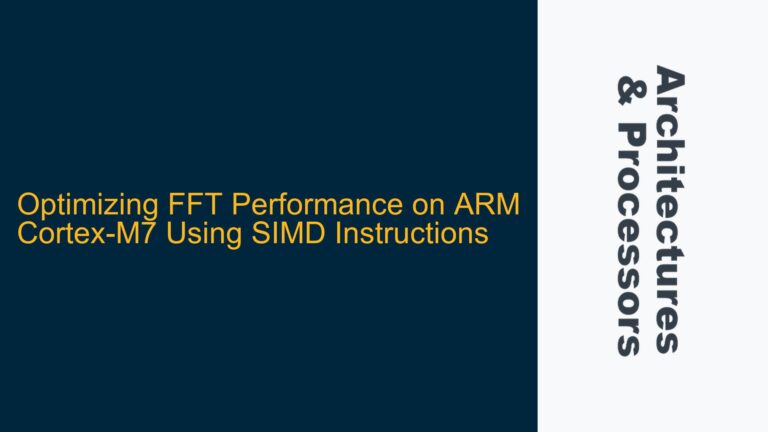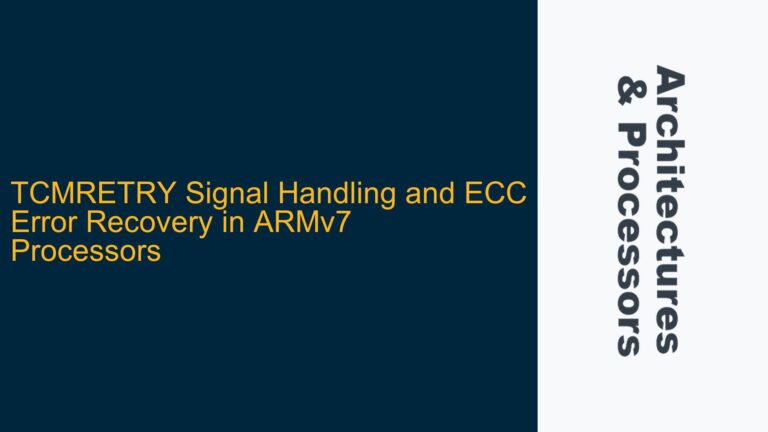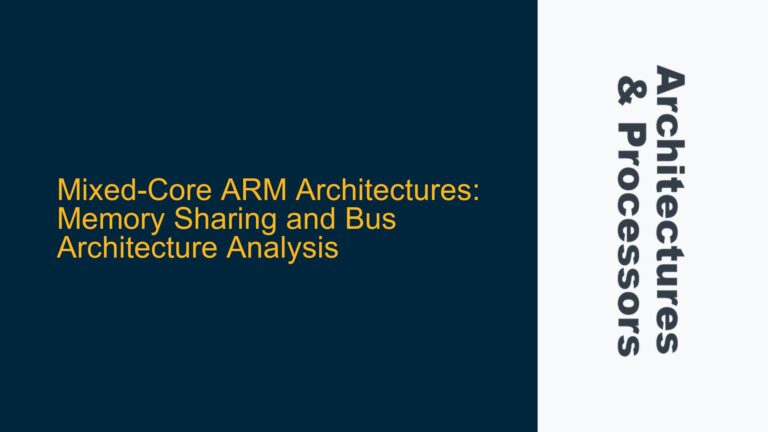NIC-400 AHB-Lite Protocol Constraints and AHB-FULL Feature Requirements
The NIC-400 interconnect from ARM is a highly configurable network interconnect designed to support a variety of AMBA protocols, including AXI, AHB, and APB. However, it is important to note that the NIC-400 specifically supports the AHB-Lite protocol, which is a simplified version of the full AHB (Advanced High-performance Bus) protocol. The AHB-Lite protocol removes certain features that are present in the full AHB protocol, such as support for multiple masters, arbitration signals (HBUSREQ and HGRANT), and advanced response types like SPLIT and RETRY. These features are critical in multi-master systems where multiple sources need to request and gain access to the bus.
In the context of the discussion, the user requires support for AHB-FULL features, specifically the HBUSREQ and HGRANT signals, which are essential for managing bus access in a multi-master environment. The NIC-400’s lack of support for these signals poses a significant challenge when integrating AHB-FULL masters into a system that uses the NIC-400 as the interconnect fabric. The AHB-FULL protocol is often used in systems where multiple masters, such as CPUs, DMAs, and other peripherals, need to share a common bus and require arbitration to determine which master gains access to the bus at any given time.
The AHB-Lite protocol, while simpler and easier to implement, does not provide the necessary infrastructure for handling multiple masters. This limitation becomes a bottleneck in systems where AHB-FULL features are required. The user’s requirement to use AHB-FULL features like HBUSREQ and HGRANT is driven by the need to design a multi-source system where multiple masters must arbitrate for bus access. This is a common scenario in complex SoCs where multiple processing elements and peripherals need to communicate with shared resources such as memory controllers or other peripherals.
Multi-Master Arbitration and AHB-to-AXI Bridge Integration Challenges
The core of the issue lies in the integration of AHB-FULL masters with the NIC-400 interconnect, which only supports AHB-Lite. The AHB-FULL protocol includes arbitration signals (HBUSREQ and HGRANT) that allow multiple masters to request and be granted access to the bus. In a multi-master system, these signals are critical for ensuring that only one master has access to the bus at any given time, preventing conflicts and ensuring data integrity.
When converting from AHB to AXI, the arbitration logic must be handled differently. In AHB-FULL, the arbitration is managed by the AHB arbiter, which uses the HBUSREQ and HGRANT signals to determine which master gains access to the bus. However, when converting to AXI, the AXI protocol does not have direct equivalents to these signals. Instead, the AXI protocol uses a different mechanism for managing multiple masters, typically involving separate channels for read and write transactions and a more complex handshaking process.
The challenge arises when trying to bridge the AHB-FULL protocol to AXI using the NIC-400. Since the NIC-400 only supports AHB-Lite, it does not have the necessary logic to handle the HBUSREQ and HGRANT signals. This means that the arbitration logic must be implemented externally, either in the AHB-to-AXI bridge or in a separate arbitration block. This adds complexity to the design and requires careful consideration of timing and synchronization issues.
One possible approach is to implement an external AHB arbiter that handles the HBUSREQ and HGRANT signals and grants access to the AHB master that is currently allowed to perform transactions. The output of this arbiter, specifically the HTRANS signal from the granted master, can then be used as the input to the AHB-to-AXI bridge. This approach effectively decouples the arbitration logic from the NIC-400, allowing the NIC-400 to function as a simple AHB-Lite interconnect while still supporting the multi-master capabilities of AHB-FULL.
However, this approach introduces additional complexity in terms of timing and synchronization. The external AHB arbiter must ensure that the HTRANS signal is stable and valid before it is passed to the AHB-to-AXI bridge. Additionally, the arbiter must handle potential conflicts and ensure that the correct master is granted access to the bus in a timely manner. This requires careful design and verification to ensure that the system operates correctly under all conditions.
Implementing External AHB Arbitration and AHB-to-AXI Bridge Solutions
To address the limitations of the NIC-400 in supporting AHB-FULL features, a practical solution involves implementing an external AHB arbiter and integrating it with an AHB-to-AXI bridge. This approach allows the system to maintain the multi-master capabilities of AHB-FULL while still utilizing the NIC-400 as the primary interconnect fabric.
The external AHB arbiter is responsible for handling the HBUSREQ and HGRANT signals from the AHB masters. The arbiter evaluates the requests from each master and grants access to the bus based on a predefined arbitration scheme, such as round-robin, priority-based, or a combination of both. Once a master is granted access, the arbiter asserts the HGRANT signal to that master and de-asserts the HGRANT signals to all other masters. The granted master then drives the HTRANS signal, which indicates the type of transaction it wishes to perform (e.g., IDLE, BUSY, NONSEQ, SEQ).
The HTRANS signal from the granted master is then passed to the AHB-to-AXI bridge, which converts the AHB transaction into an equivalent AXI transaction. The AHB-to-AXI bridge must be designed to handle the specific requirements of the AHB-FULL protocol, including the handling of the HTRANS signal and any additional control signals that may be present in the AHB-FULL protocol. The bridge must also ensure that the timing requirements of both the AHB and AXI protocols are met, particularly in terms of handshaking and data transfer.
In addition to the external AHB arbiter and AHB-to-AXI bridge, it is important to consider the overall system architecture and how the different components interact. The NIC-400, while not directly supporting AHB-FULL, can still be used as the primary interconnect for AXI-based components. The AHB-to-AXI bridge acts as a gateway between the AHB-FULL domain and the AXI domain, allowing AHB-FULL masters to communicate with AXI slaves through the NIC-400.
To ensure the correct operation of the system, thorough verification is required. This includes verifying the functionality of the external AHB arbiter, the AHB-to-AXI bridge, and the overall system integration. Simulation environments such as SystemVerilog and UVM can be used to create testbenches that cover all possible scenarios, including corner cases and error conditions. The verification process should include checks for proper arbitration, correct conversion of AHB transactions to AXI transactions, and compliance with the timing requirements of both protocols.
In conclusion, while the NIC-400 does not natively support the AHB-FULL protocol, it is possible to implement a solution that allows AHB-FULL masters to be integrated into a system that uses the NIC-400 as the primary interconnect. This involves the use of an external AHB arbiter and an AHB-to-AXI bridge, along with careful design and verification to ensure that the system operates correctly under all conditions. By following this approach, designers can leverage the benefits of the NIC-400 while still meeting the requirements of complex multi-master systems that require AHB-FULL features.
